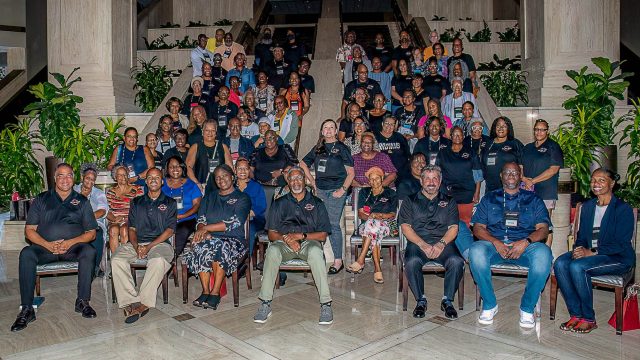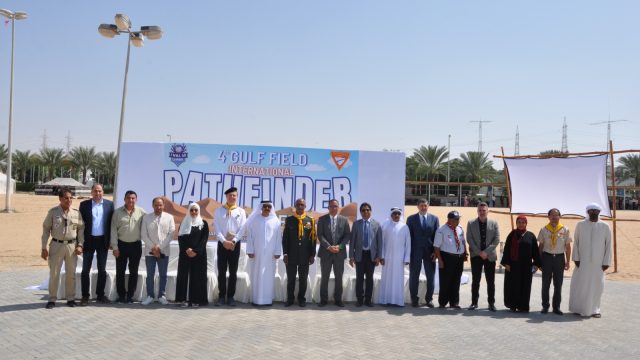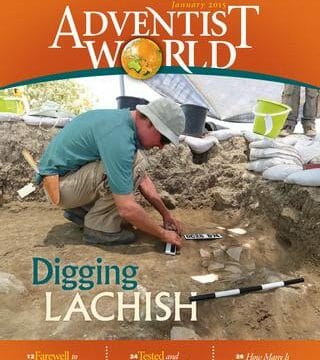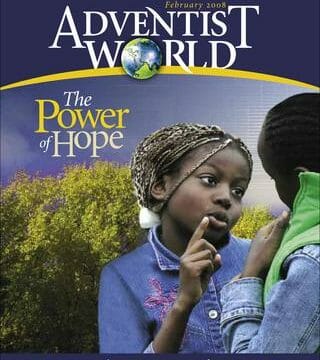There is an old and unshakable connection between what is “holy” and what is “safe.” From the biblical era to the modern age, […]
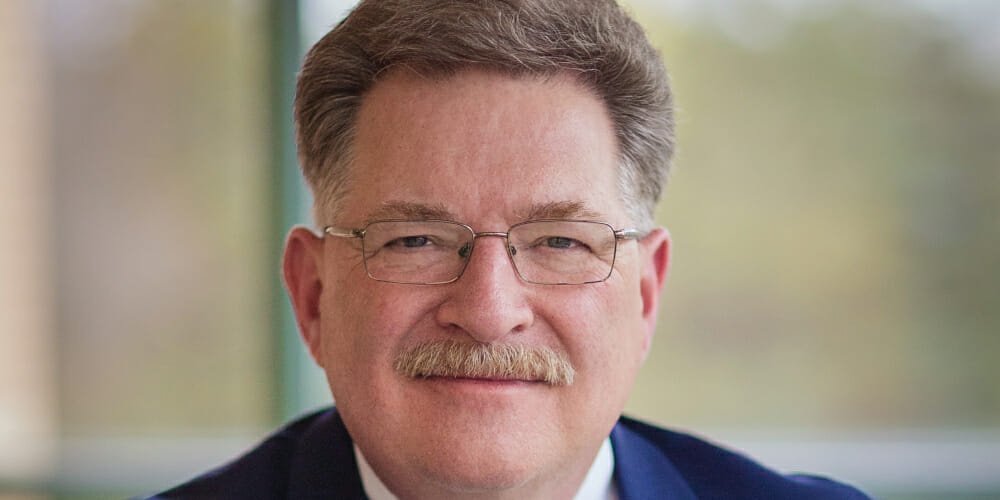
There is an old and unshakable connection between what is “holy” and what is “safe.”
From the biblical era to the modern age, human beings have identified those spaces they deem charged with the presence of God as places where persons in distress or danger could seek protection or even prosecution from the law. The assumption, rightly enough, is that God is on the side of thoughtful, careful justice when vengeance is in hot pursuit; that those targeted or marginalized by the powerful might find in His presence a “shelter in the time of storm.”
Even though the laws of “sanctuary” have been dismantled in most societies, there is an abiding belief that a church ought to be an unusually safe place in a world racked with violence, predation, and abuse.
With the rending of the Temple veil at the death of Jesus, the biblical understanding of the location of the “church” moved from the physical structure in which worship occurred to a community of believers who carry what is holy with them—and in them. The Holy Spirit, residing in the lives of those who follow Jesus, sanctifies the places and the relationships in which believers dwell, work, and witness. The sanctuary on earth is no longer a building made of stone or wood, or even a tent of meeting, but a community of caring and protection in which the weak and the marginalized find safety and a home.
And so it must continue to be. We may pray—and we must work—to ensure that abuse no longer invades any community, especially including church communities. We must commit ourselves to protecting those victimized because of their gender, their age—children or the elderly; their physical condition, their national origin, or the color of their skin. This is biblical religion—“to look after orphans and widows in their distress and to keep oneself from being polluted by the world” (James 1:27, NIV)—that enduring connection between what is “safe” and what is “holy.”
The most-sought-after people in any region ought to be those who “keep the commandments of God and have the testimony of Jesus” because they love God supremely and deeply love their neighbors. Seventh-day Adventists ought to be the “safest” people on the planet—safe to talk to when discouraged; safe to worship with when broken; safe to live among while learning.
As you read this month’s focus on “The Church I Want to Belong To,” commit yourself to making your church community just such a place of safety and welcome.


